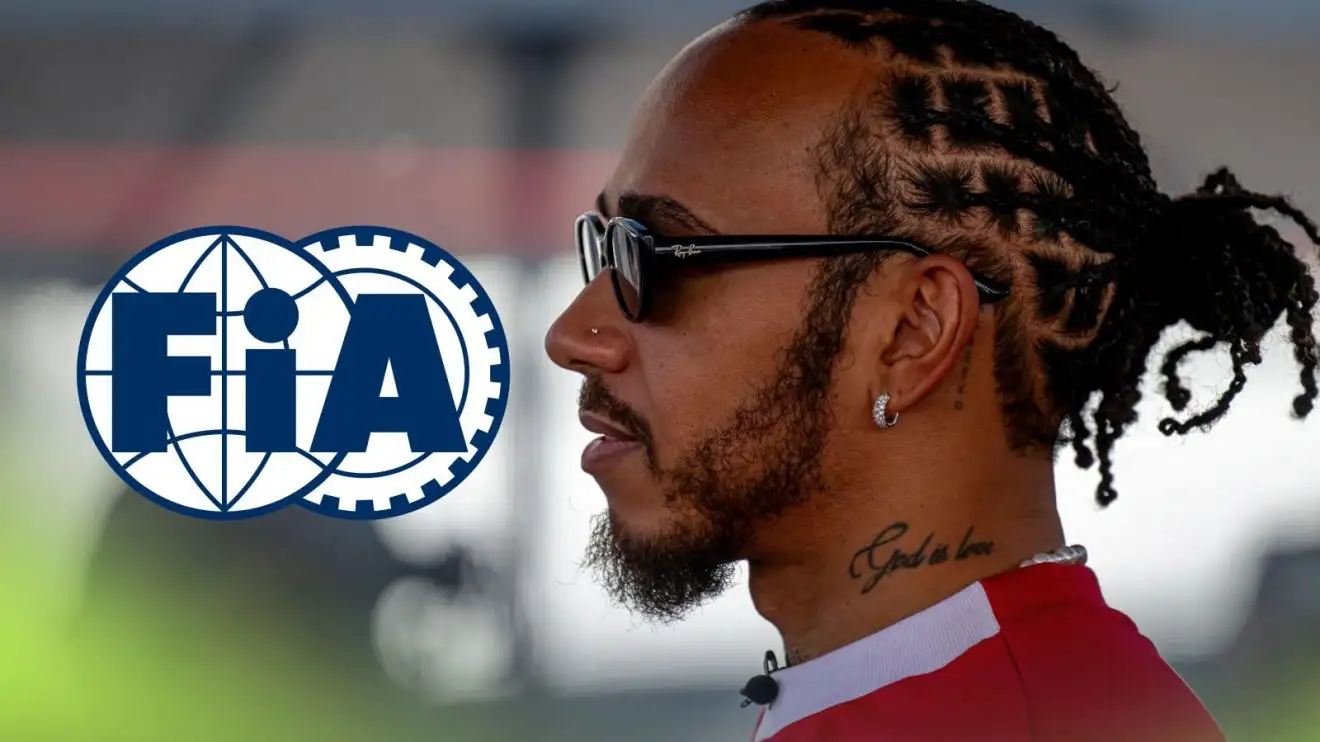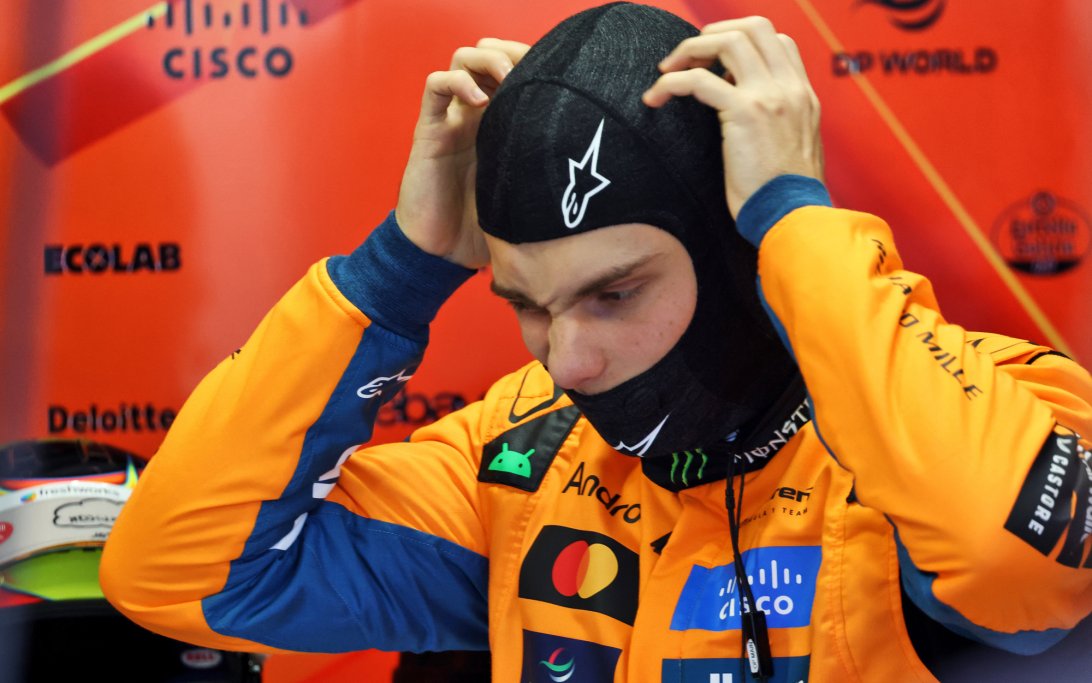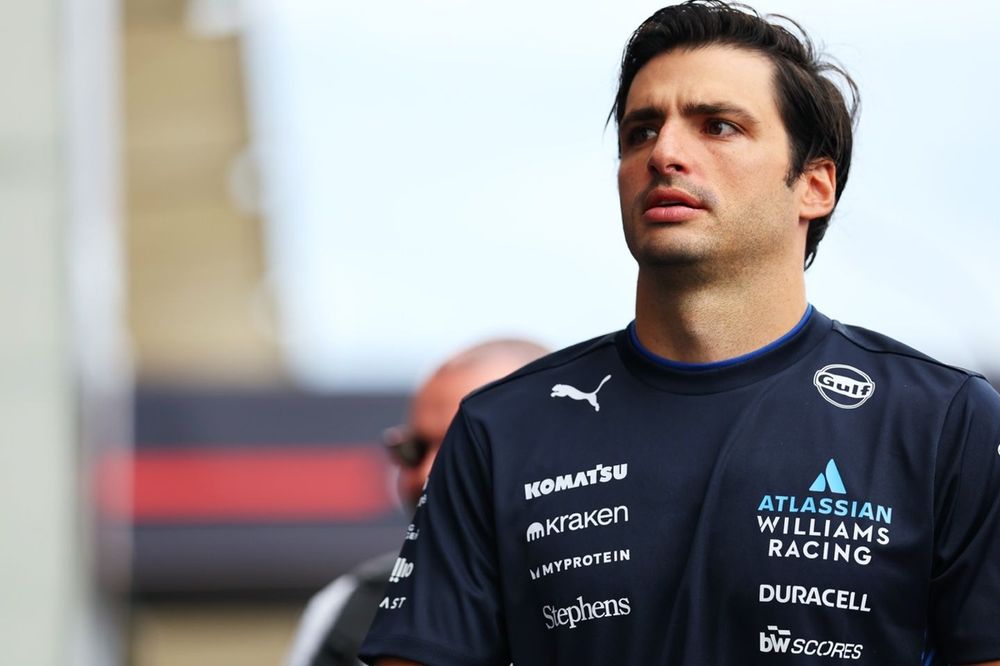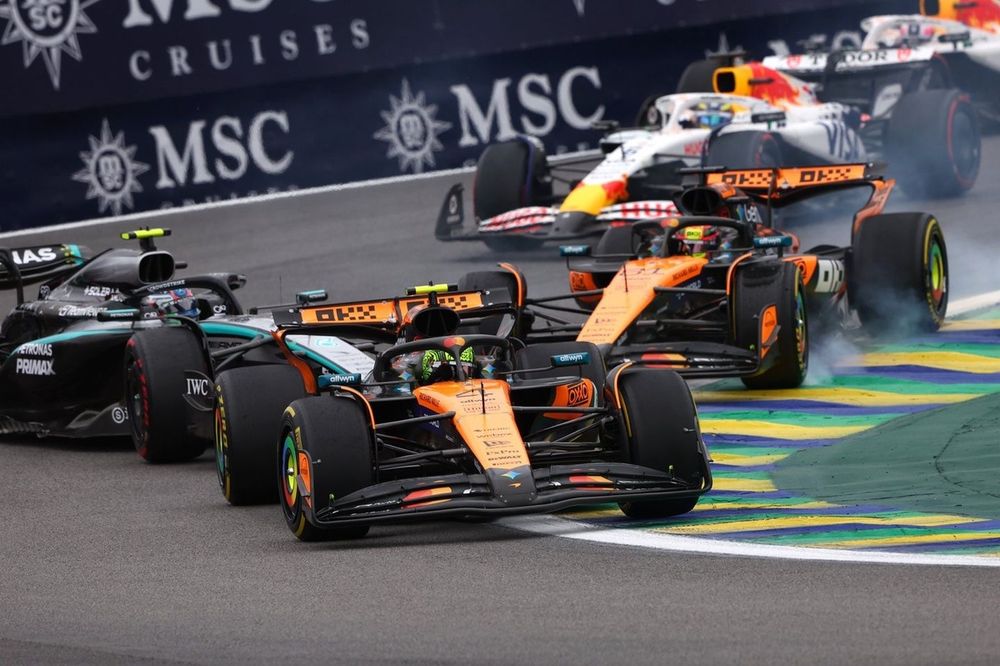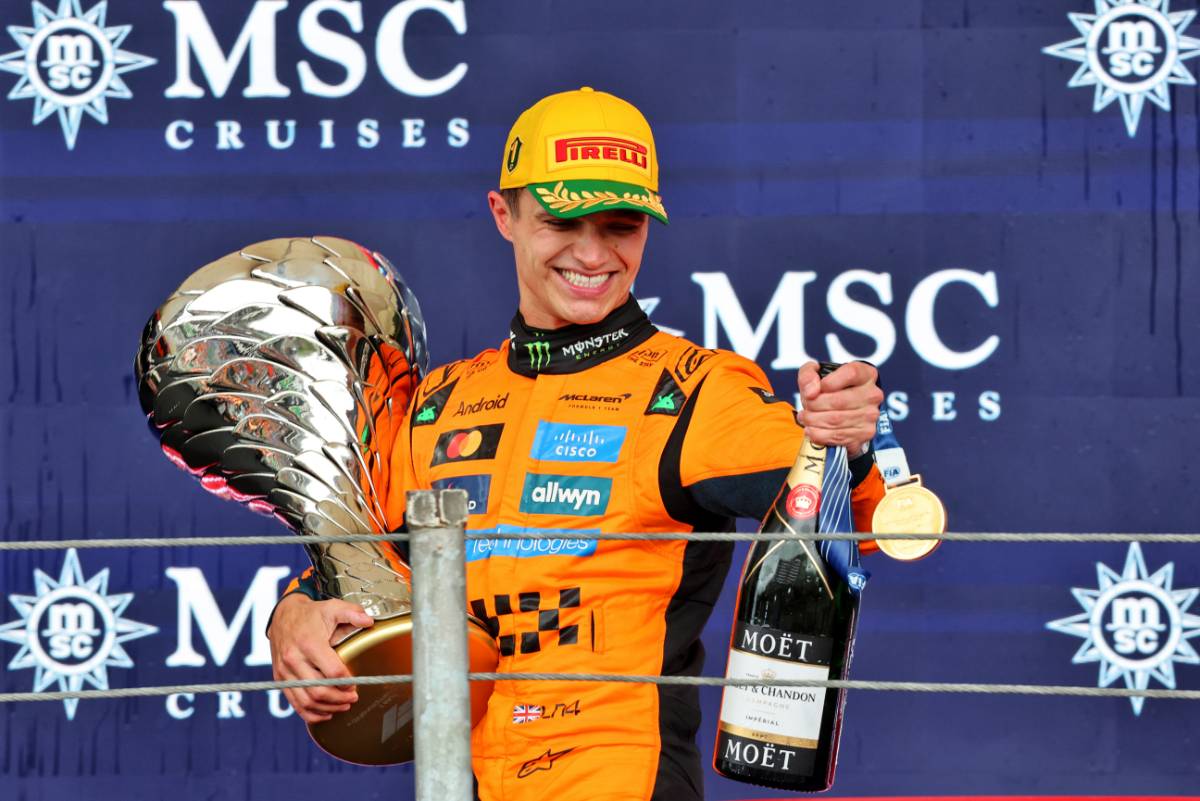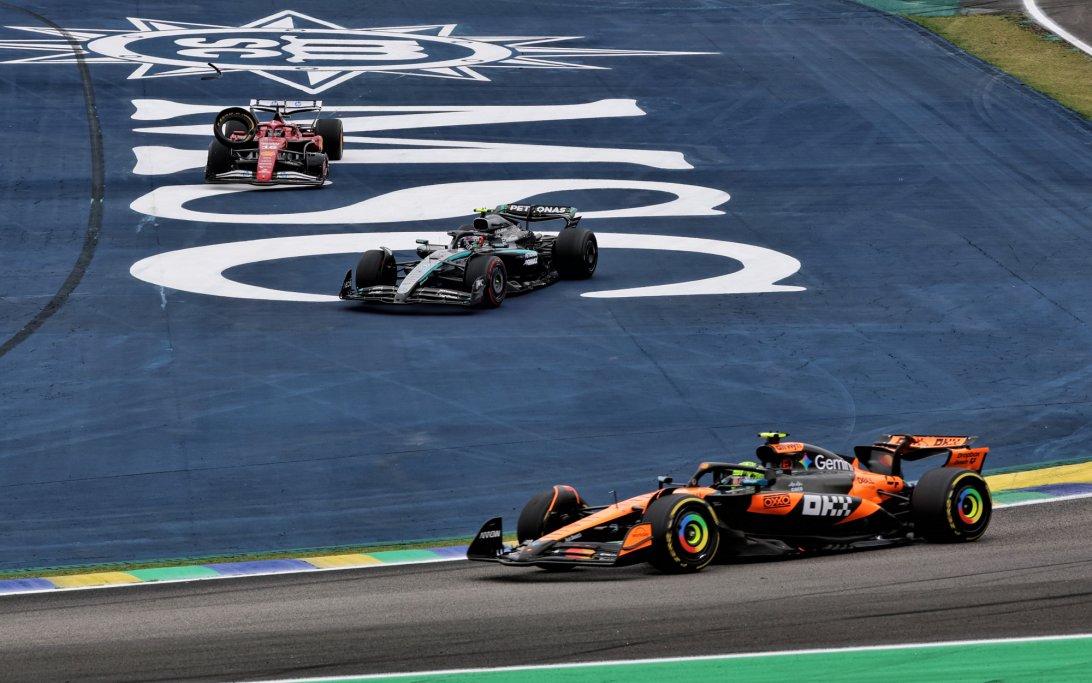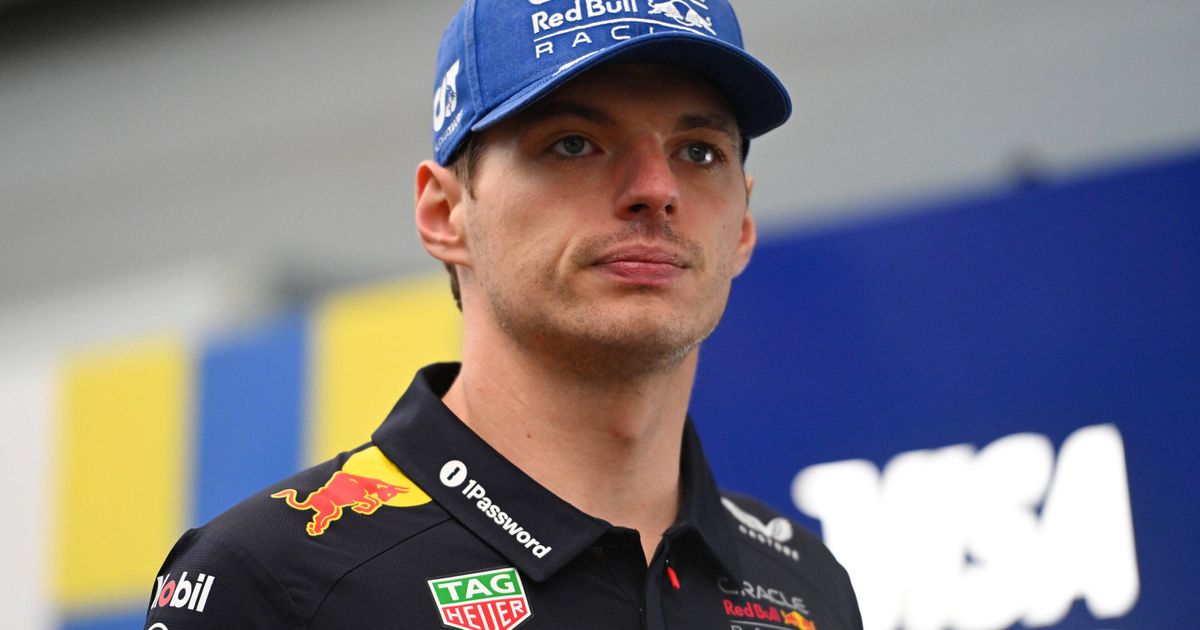
Verstappen's Tyre Advantage at F1 Brazil GP Despite Pit Lane Start
Despite starting the São Paulo Grand Prix from the pit lane due to an engine change, Max Verstappen holds a significant advantage: an extensive array of fresh tyre sets. This strategic flexibility could allow the Red Bull Racing driver to execute virtually any pit strategy, potentially turning a setback into a competitive edge.
Why it matters:
Verstappen's pit lane start, while a disadvantage in track position, is heavily mitigated by his fresh tyre allocation. In a race known for strategic variability and tire degradation, having more new sets than rivals provides unparalleled flexibility. This could enable Red Bull to pursue aggressive or defensive strategies, adapting to race conditions far more effectively than competitors with limited new compounds, ultimately influencing his charge through the field and potential points finish.
The details:
- Tyre Inventory: Verstappen has one new set of hard tyres, two new sets of mediums, and three brand-new sets of softs available. This extensive fresh allocation stems directly from his early exit in qualifying, preserving his weekend allocation.
- Competitor Comparison: Pole sitter Lando Norris, teammate Oscar Piastri, Kimi Antonelli, and Charles Leclerc (P2 and P3 respectively) each have only one new set of softs and one new set of mediums remaining for the race.
- Pirelli's Strategy Outlook: Pirelli has identified five potential race strategies for the Grand Prix. The most anticipated one-stop strategy involves starting on softs, then switching to mediums. However, two-stop strategies are also considered viable.
- One-Stop Focus: Pirelli expects the majority of teams to opt for a one-stop strategy (Softs ">" Mediums) due to the nature of the circuit and tire wear characteristics.
- Alternate Strategies: Teams may also consider a two-stop approach, potentially utilizing various combinations of soft, medium, and hard compounds to optimize for pace or tire preservation.
The big picture:
In a sport where tyre strategy often dictates race outcomes, Verstappen's fresh tyre cache represents a powerful tool. While track position is critical, the ability to react to safety cars, competitor strategies, or unexpected tire wear with optimal compounds could be a game-changer. This effectively turns his penalty into a potential tactical weapon, allowing Red Bull to play a long game and maximize his recovery through the field, especially if multiple pit stops become the optimal strategy as the race unfolds.
What's next:
The São Paulo Grand Prix promises a fascinating strategic battle. All eyes will be on how Red Bull and Verstappen leverage this tyre advantage from the pit lane. Their strategy will be crucial in determining how quickly he can climb through the field and whether he can challenge for a points-scoring position, or even higher, in what is expected to be a challenging but tactically rich race.
Original Article :https://www.gpblog.com/en/news/verstappen-does-have-a-major-advantage-at-the-bra...


